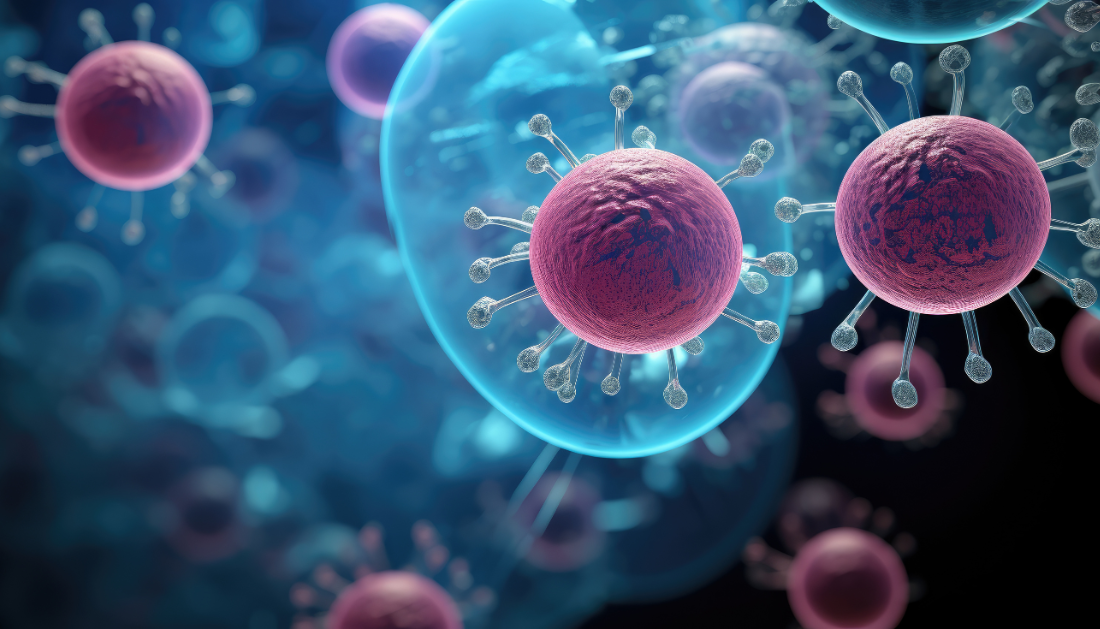

New research has discovered promising steps toward better understanding of antimicrobial resistance (AMR), particularly in hospital-acquired pneumonia (HAP).
Antimicrobial, or antibiotic resistance, is a major global concern, yet little is understood about how to dose antibiotics to reduce bacterium resistance in patients. However, the University of Liverpool is making significant contributions to international efforts to better understand AMR.
In the publication titled, “Molecular pharmacodynamics of Meropenem for nosocomial pneumonia caused by Pseudomonas aeruginosa”. Dr. Christopher Darlow of the University of Liverpool’s Antimicrobial Pharmacology & Therapeutics (APT) group describes a new experimental animal model of HAP in mBio, which was published today (January 18). The model assesses both the efficacy of meropenem, a routinely used antibiotic treating HAP, and how resistance to meropenem develops.
Lung infections are frequent in hospitals, with HAP accounting for roughly 10% of hospital fatalities. Because of the several types of bacteria that cause HAP and the vast number of germs in the lungs throughout the disease, resistance to antibiotics is prevalent. This is due in part to medication researchers determining antibiotic doses to effectively treat HAP without taking into account the dose required to prevent resistance from developing.
The APT group, which includes Dr. Darlow, created a new experimental model of HAP and used it to assess the effects of meropenem. This model has enabled the scientists to detect both the amount of bacteria in the lungs when the antibiotic is administered and the establishment of resistance, including mutations in the genes of the bacteria that cause this.
In this study, the scientists demonstrated that too low doses of meropenem alleviate HAP but also promote resistance. Conversely, resistance can be minimized by increasing the meropenem dose or administering a second antibiotic (amikacin) concurrently. Both tactics can be utilized in clinical settings to combat antibiotic resistance. The scientists also studied how bacteria evolve and adapt to build resistance, providing insight into the underlying mechanisms.
“Through this work we have highlighted the problem of resistance development in HAP when treated by meropenem and demonstrated potential strategies to prevent this, i.e., increasing the meropenem or using a second antibiotic in combination,” Dr. Darlow said.
He added, “Beyond the implications for HAP, this is also a new experimental platform to allow antibiotics (both new and old) to be assessed for their ability to cause development of resistance and identify strategies to mitigate against this. We hope to use this platform for other antibiotics in the future to improve the use of antibiotics and prevent antibiotic resistance development.”
For more information: Nicola Farrington et al, Molecular pharmacodynamics of meropenem for nosocomial pneumonia caused by Pseudomonas aeruginosa, mBio (2024). DOI: 10.1128/mbio.03165-23
more recommended stories
 Caffeine and SIDS: A New Prevention Theory
Caffeine and SIDS: A New Prevention TheoryFor the first time in decades,.
 Microbial Metabolites Reveal Health Insights
Microbial Metabolites Reveal Health InsightsThe human body is not just.
 Reelin and Cocaine Addiction: A Breakthrough Study
Reelin and Cocaine Addiction: A Breakthrough StudyA groundbreaking study from the University.
 Preeclampsia and Stroke Risk: Long-Term Effects
Preeclampsia and Stroke Risk: Long-Term EffectsPreeclampsia (PE) – a hypertensive disorder.
 Statins and Depression: No Added Benefit
Statins and Depression: No Added BenefitWhat Are Statins Used For? Statins.
 Azithromycin Resistance Rises After Mass Treatment
Azithromycin Resistance Rises After Mass TreatmentMass drug administration (MDA) of azithromycin.
 Generative AI in Health Campaigns: A Game-Changer
Generative AI in Health Campaigns: A Game-ChangerMass media campaigns have long been.
 Molecular Stress in Aging Neurons Explained
Molecular Stress in Aging Neurons ExplainedAs the population ages, scientists are.
 Higher BMI and Hypothyroidism Risk Study
Higher BMI and Hypothyroidism Risk StudyA major longitudinal study from Canada.
 Therapeutic Plasma Exchange Reduces Biological Age
Therapeutic Plasma Exchange Reduces Biological AgeTherapeutic plasma exchange (TPE), especially when.

Leave a Comment